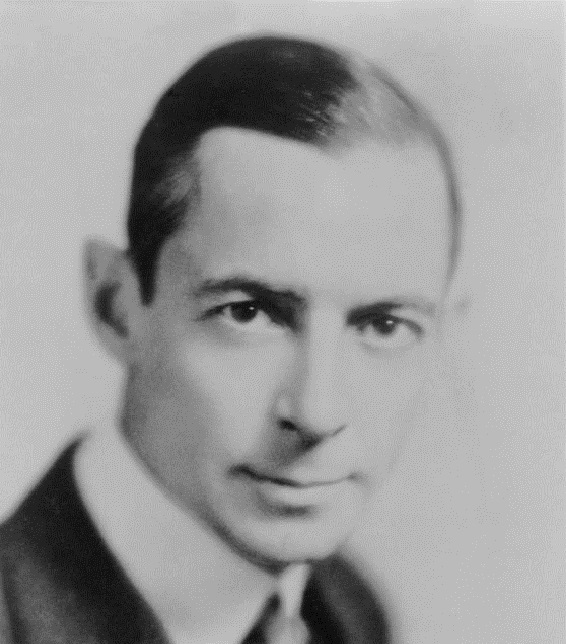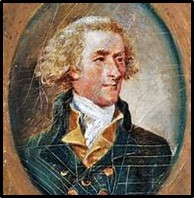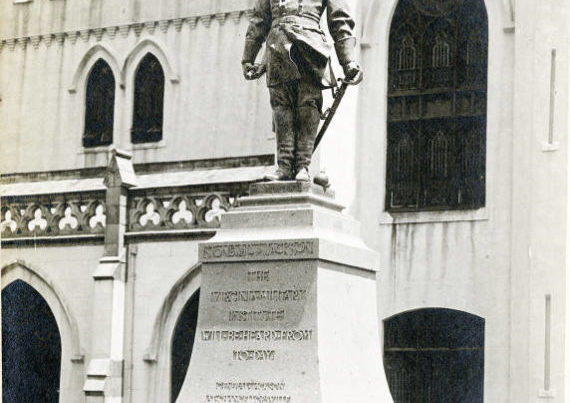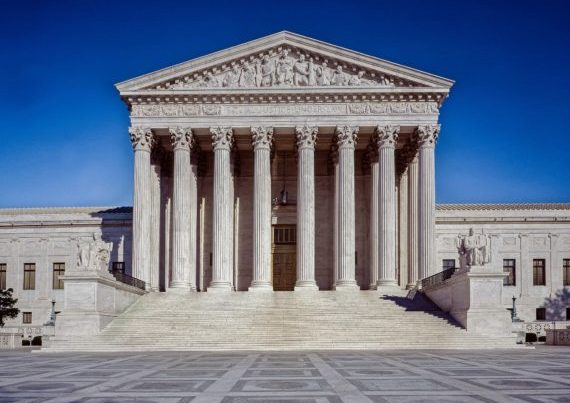Dubose Heyward once described himself as a “synthetic Charlestonian.” Having been part French Huguenot and part English Cavalier, he was a direct descendant of South Carolina’s Thomas Heyward Jr., a signer of the Declaration of Independence. Born in Charleston in 1885, he was a major part of the Southern Literary Renaissance and wrote extensive poetry and fiction.
Southern identity came naturally to Heyward, who described his early years by saying: “Only we who have lived in the South since the Civil War can realize the utter economic and artistic bankruptcy of the country during that period. Life was, with many of us, a heartbreaking struggle for bread, on the one hand, and the retention of the beautiful fragments of a shattered civilization on the other.” By the 1920s, the south was experiencing a revival in the arts that sprang from a passion for its traditions appreciation of the very soil.
Heyward’s style was unique because he put less emphasis on forms and techniques, instead focusing on his own unique rhythm and perception. He was critical of “City Verse,” which he described as “the type of poetry which has recently flooded our more radical publications from the large Northern Cities–a poetry which is a violent assertion of self, and which springs from the subconscious rebellion of the individual who feels himself herded and submerged.” He compared this to the southern poet, who he described as “entirely satisfied to leave Psychoanalysis with its lewd subtleties to Freud and his fellow scientists.”
In true original style, Dubose Heyward believed poetry to be a driving force of everyday life. According to him, everyone could be in touch with their inner-poet, if we could forget all of the constructs we have been provided and re-examine life on a sensory level. Heyward suggested that a good poet should be a skeptic and even recommended the following thought experiment to sharpen the senses:
“Imagine yourself to have been born this morning. Forget that you are driven by ambitions, fears, needs. Forget every definition that you have ever heard in your life. Now you are ready to explode the fallacy that a tree is green. Lie beneath an oak, and look up toward its swaying body above you. Look carefully, seeing how many colors you can find….Listen to the steady rustle of the foliage in an oak forest, and the sweet, sustained flow of music through the myriad needles of the pine…Train yourself to accept no preconceived definition until you have put it to the test of your own common-sense, and ring it to the tuning fork of your own good five senses. See, taste, smell, feel, and hear life for yourself.”
As a literary author, Heyward’s writing was grounded in Charleston’s language, sights, and history. His most famous novel, Porgy, was based on real people and places he observed in the black tenements of Charleston. It was a love story about a local crippled beggar, featured extensive use of Gullah and Creole languages, and went on to be adapted into a play. In 1927, the novel was again adapted into one of the only original American opera’s to be performed to this day. The novel’s setting Catfish Row is based on a real historic location in Charleston called Cabbage Row at Nos. 89 and 91 Church Street, and consisted of two three-story buildings erected before the Revolutionary War. Porgy, the main character, was based on Charlestonian Samuel Smalls–often referred to as “Goat Sammy.” Not much is known about the real Smalls except that he was twice in trouble with the police for shooting at women. Dubose Heyward took Smalls’ story, moved it to the waterfront for added color, and created the rest of the Porgy on his own.
While some interpretations of Porgy describe the work as stereotypical of black folk, biographer James M. Hutchisson characterizes Porgy as “the first major southern novel to portray blacks without condescension.” Langston Hughes also once noted that Heyward was one who saw “with his white eyes, wonderful, poetic qualities in the inhabitants of Catfish Row that makes them come alive.” A later newspaper article described the inspiration behind the story by stating: “When [Heyward] decided in 1923 to give up selling insurance and become a writer, he looked into the alleys and slums and wrote about the people there…he pictured them as people–with the same elemental emotions as the rest of the human race.”
Anyone who really reads Dubose Heyward’s work would understand he was not attempting to write anything stereotypical, but was creating a portrait of what he had observed growing up in Charleston. A good majority of his work is about black life in the south. His book Carolina Chansons features many poems about the Gullah of Charleston, and in one particular poem titled “Modern Philosopher,” he wrote the following about black culture:
They fight your battles for you every day,
The zealous ones, who sorrow in your life.
Undaunted by a century of strife,
With urgent fingers still they point the way
To drawing rooms, in decorous array,
And moral Heavens where no casual wife
May share your lot; where dice and ready knife
Are barred; and feet are silent when you pray.
But you have music in your shuffling feet,
And spirituals for a lenient Lord,
Who lets you sing your promises away.
You hold your sunny corner of the street,
And pluck deep beauty from a banjo chord:
Philosopher whose future is today!
Fact and fiction were seamlessly blended by Heyward through his story telling technique and appeal to raw human emotion. His 1929 novel, Mamba’s Daughters, explored the shared traditions and culture of Charleston’s white and black residents by focusing on racial tensions at the time. A few years later he wrote Peter Ashley, which was set during the eve of South Carolina’s secession and provided a thoughtful examination of the antebellum south. All of his fiction is written in a beautifully understated prose that compliments southern history nicely.
One of Dubose Heyward’s lectures features an excerpt on Ramsey MacDonald, a former prime minister of the United Kingdom, who once wrote that “There is nothing good without poetry. Poetry lies in the heart of human life. Every urchin in the street is a poet.” In a similar vein, Dubose Heyward understood that a unique rhythm exists within each of us that holds the potential for artistic triumph. By getting in touch with our senses, and re-examining the world from a fresh perspective, we can overcome the idea that poetry must only consist of overly academic, rigid forms.
Heyward’s contributions to the Southern Literary Renaissance are immeasurable. During a time when the country was sharply divided along the color line, he was one of the first authors to write about black characters in a well-rounded light. His own heritage and dedication to the history of the south permeate his works. His Charleston home was declared a National Historic Landmark in 1971, and can still be visited today at 76 Church Street.








One Comment